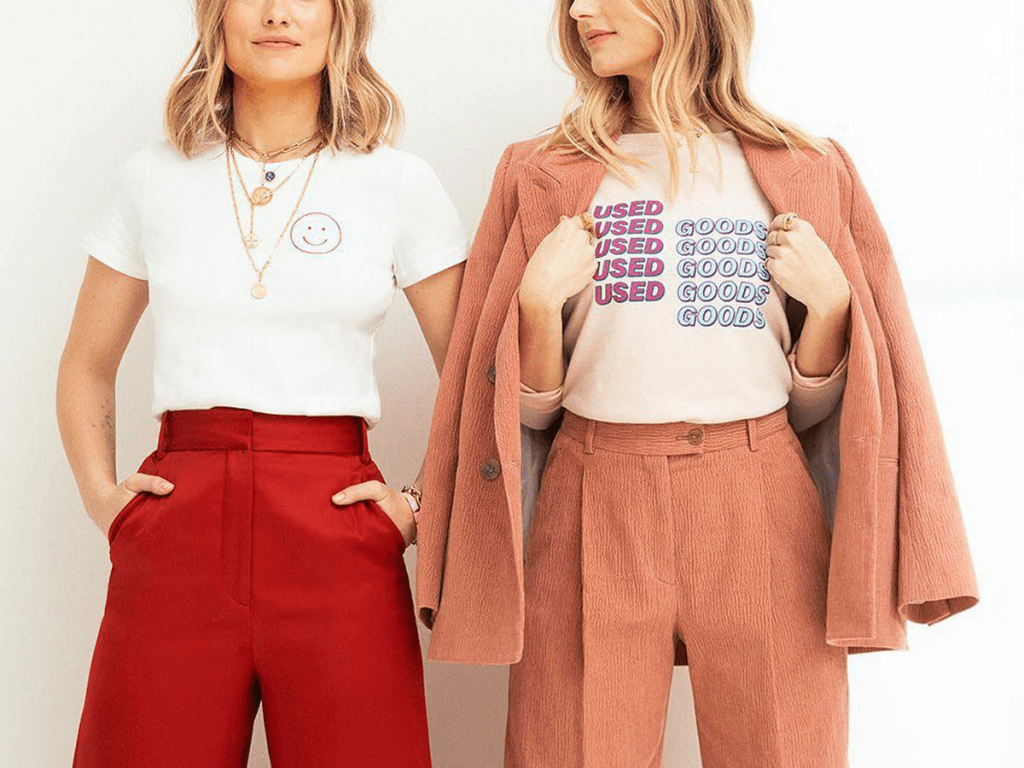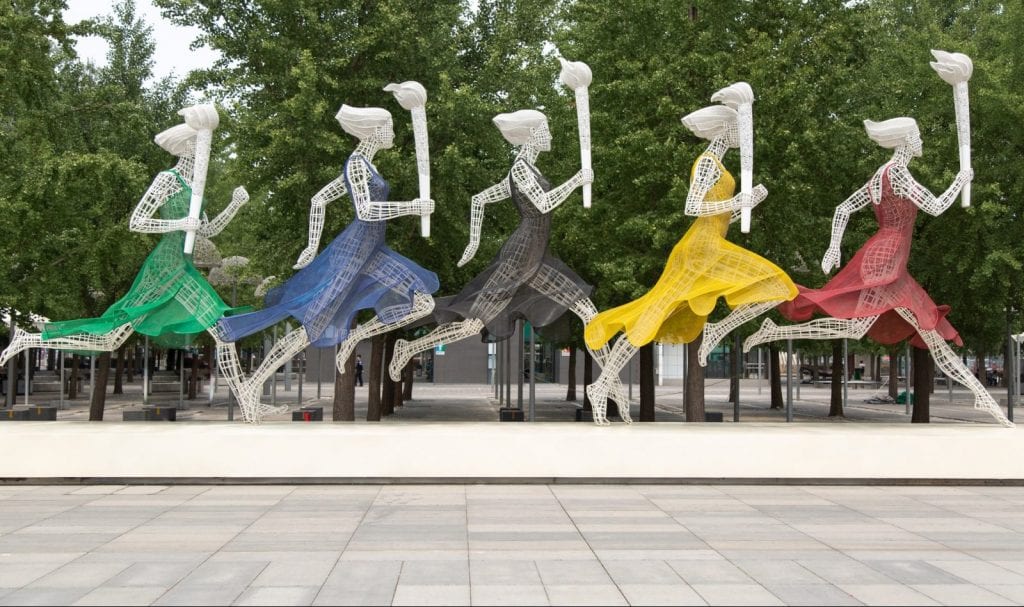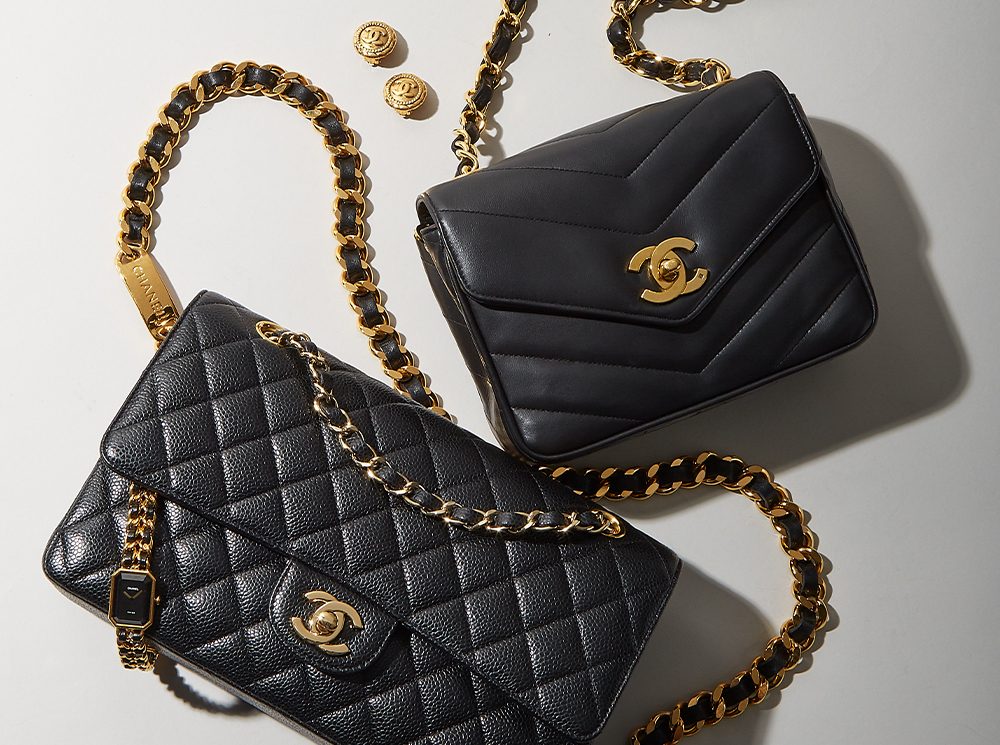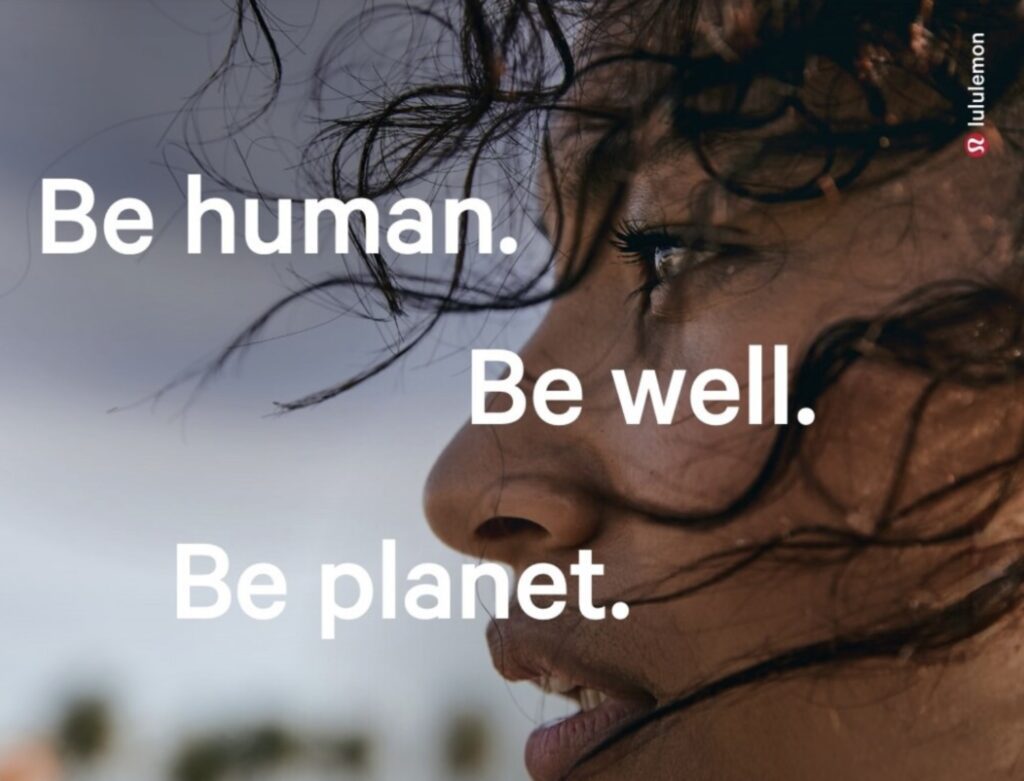Teens are spending less than ever before on handbags, and while they are similarly spending fewer dollars on clothing, demand for pre-owned products is gaining momentum. According to the 40th bi-annual “Taking Stock with Teens” report, which saw Minneapolis, Minnesota-headquartered investment bank Piper Sandler survey 9,800 teens (the average survey participant was just under age 16) from 48 states between August 19 and September 22, 2020, self-reported spending hit its lowest levels in two decades, with both COVID-19 and larger consumption trends, alike, playing a role in how teens are spending their money.
The continued impact of COVID-19 has certainly affected spending for individuals no matter the age bracket, with the surveyed teens, alone, saying that they have spent about $2,150 this year, falling 9 percent compared to this time last year. Pandemic spending-contractions aside, some interesting trends have emerged among teenage consumers – from continued drops in spending on handbags to skincare spending eclipses cosmetics spending for the first time ever among female consumers. A few key takeaways from the report are as follows …
E-Commerce & Social Media
54 percent of the teens surveyed cited Amazon as their No. 1 favorite e-commerce site, up from 52 percent last year. Chinese fast fashion site SHEIN – the 12-year old digitally-native company that generated a reported $2.83 billion in revenue in 2019 thanks to its sweeping selection of low-cost garments and accessories – took the No. 2 spot for first time, relegating Nike to third.
On the social media front, Snapchat sits atop the list as teens’ favored platform, while TikTok became to the No. 2 top social media site surpassing Instagram; the surveyed teens reported spending an average of 12 hours on the various social media platforms per week. Interestingly, Piper Sandler notes that Pinterest also gained share among teens as they “look for creative outlets and DIY trends to spend their time.”
Handbags
Sales of handbags have been falling among teens in recent years, as indicated by previous surveys, and that remains true. For this period, teens reported spending just $87 on handbags, compared to the $197 that they annually in the category, according to Piper Sandler’s spring 2006 survey. As for the teens that are, in fact, spending on handbags, they are first-and-foremost looking to Louis Vuitton, which beat out Michael Kors for the top spot. Coach also gained share this time around, likely due to its enduring revamp under the watch of creative director Stuart Vevers, which began back in 2013.
Secondhand Wares
A particularly noteworthy takeaway from the report comes in the form of pre-owned goods. According to CNBC, in terms of apparel, alone, “Shopping for second-hand items is gaining some momentum among teens,” thereby, “stealing market share from traditional players, especially off-price retailers like TJ Maxx and department stores.” Of the nearly 10,000 teens surveyed, 46 percent said that they have purchased second-hand goods from platforms like Poshmark, ThredUp, and The RealReal, and nearly 60 percent say that they have sold items on a second-hand marketplace.
Cosmetics & Beauty
Cosmetics spending for females down 20 percent compared to the same survey last year; skincare sales for females was down 3 percent, while skincare sales for males was up 12 percent. In terms of retailers, Ulta remains No. 1 beauty destination with 42 percent share (that is a rise of 400 basis points compared to last year), beating out LVMH-owned Sephora. Meanwhile, Target emerged as a favorite beauty destination, doubling its standing over last year. Its rise if likely due, at least in part to its stocking of a growing number of affordable-but-buzzy names, such as Versed, many of which are clean brands. Moreover, the big box retailer has taken steps to diversify its offerings; just this week, for example, it announced that it will begin selling Melē products, which consist of “science-led skincare for melanin-rich skin,” and those of Mented Cosmetics, the Black-owned brand in the business of making nude lipsticks formulated for women of color.
Amazon has remained in the top-five for beauty/cosmetics sales.
Among the most sought-after skincare and beauty brands, e.l.f. climbed to the No. 2 cosmetics brand from No. 4 last year, “a new survey high,” according to Piper Sandler. Meanwhile, L’Oreal-owned CeraVe took the title of No. 1 skincare brand at “a staggering 28 percent share,” surpassing Neutrogena. Growth for both brands has been fueled by their popularity on TikTok. As for product/brand discovery and inspiration, 84 percent of female participants said that they rely on influencers as their main source.
Apparel & Footwear
As reported by CNBC, “When it comes to apparel, Nike kept its top spot – a position it has now held in Piper Sandler’s survey for a decade. American Eagle was second, followed by Adidas – with both brands holding their previous positions on the list. The athletic apparel maker Lululemon, though, moved up to No. 6 from No. 7 a year ago, with its comfortable leggings and sports bras gaining in popularity. Fast-fashion chain H&M moved up, while Forever 21 dropped on the list. L Brands’ Victoria’s Secret, known for its racy lingerie, fell to No. 22 from No. 13 a year ago.”
American Eagle’s inclusion towards the tippy-top of the list is striking, as it has managed to fare far better than many of its fellow stalwart mall brands, which are currently struggling, with many seeking bankruptcy protections both before and during COVID.
In terms of footwear, Nike was the surveyed teens’ favorite brand, followed by Vans in second and Adidas in third.











